This year, my 3rd and 7th graders are studying the human body for science. This is a wide age range, so I modify the work as needed for my 3rd grader, let my 7th grader complete the work on his own, and we collaborate for most of the labs and activities. With that in mind, I recommend this notebooking study for upper elementary to middle school ages, but you know your student best!
Before we begin, remember this: feel free to adjust this to work best for you and your kids! If you want to do a deep-dive into the skeletal system, and reduce your time spent discussing digestion, feel free to cut and paste!
With that said, here is the list of absolutely FREE resources available online to piece together this study for your own family!
The “spine” of this study will be the DK Encyclopedia of the Human Body. There are several editions in print and any of them will work. I found mind cheaply on Ebay, but the book is also available for free from Libby. (Check with your local library to gain access to Libby.) Just click the link above!
If you want your page numbers to match the ones listed in my schedule, you can find the exact edition I have on Amazon.
The Chatty Zebra offers this workbook that goes along with this encyclopedia for free from their blog.
Pandia Press offers a ‘Try Before You Buy’ sample of their workbook which I used for some of the labs we are completing. The activities for the human body begin on page 47 of the download. Pandia is also offering this unit study on Pandemics.
Free worksheets on the integumentary system.
Worksheets from Living Life and Learning for the endocrine system.
Supplemental diagrams and coloring pages of the body’s major systems are available at Homeschool Giveaways, along with this free bundle.
Tina’s Dynamic Homeschool offers a “mega-list” of resources to add your study.
Projects, Activities, and Models!
Create this free 3D model of your skin from Ellen McHenry’s Basement Workshop.
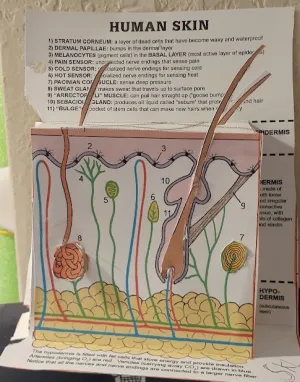
Teach Beside Me offers edible anatomy models!
A simple model of lungs made of paper bags.
A model of the bone from Earth Mama’s World.
Spell Out Loud shows you how to make a model of the spine.
A moving model of the hand from Mom Brite.
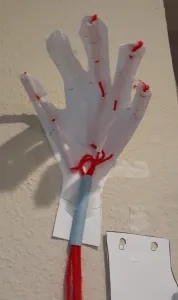
Life-sized organs to create your own paper human body model.
Ellen McHenry offers this 3D food pyramid to teach about nutrition.
Make and Takes shows you how to make a model eardrum.
Learn how to clear clogged blood vessels with this engineering project.
Create a pumping heart model.
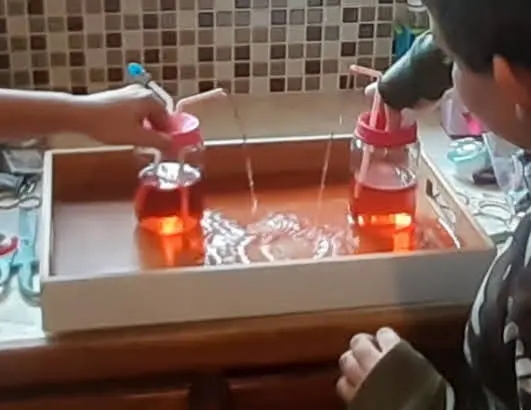
Test your new knowledge of the circulatory system with a board game.
Videos
I also incorporate videos into my children’s learning, and TedEd and Crash Course are great for this! The videos are short (usually under 5 minutes) and excellent for reinforcing our learning. Here is a playlist I have curated to go along with this study.
Schedule
Now that you have access to all these awesome freebies, how do you put them together? You’re in luck! I have already organized these resources into a coherent schedule for an entire 4-day a week, 20 week long study! This is the way I am using the study with my kids, but always feel free to mold it to fit your family. For instance, if your kids want to camp out on the circulatory system for 2 weeks, let them! Kids learn more when they are actively interested in a topic.
This schedule includes supplementary reading utilizing books we already had, or that I found at our local thrift store or library. You can use any book you like to fill this space, or skip it altogether!
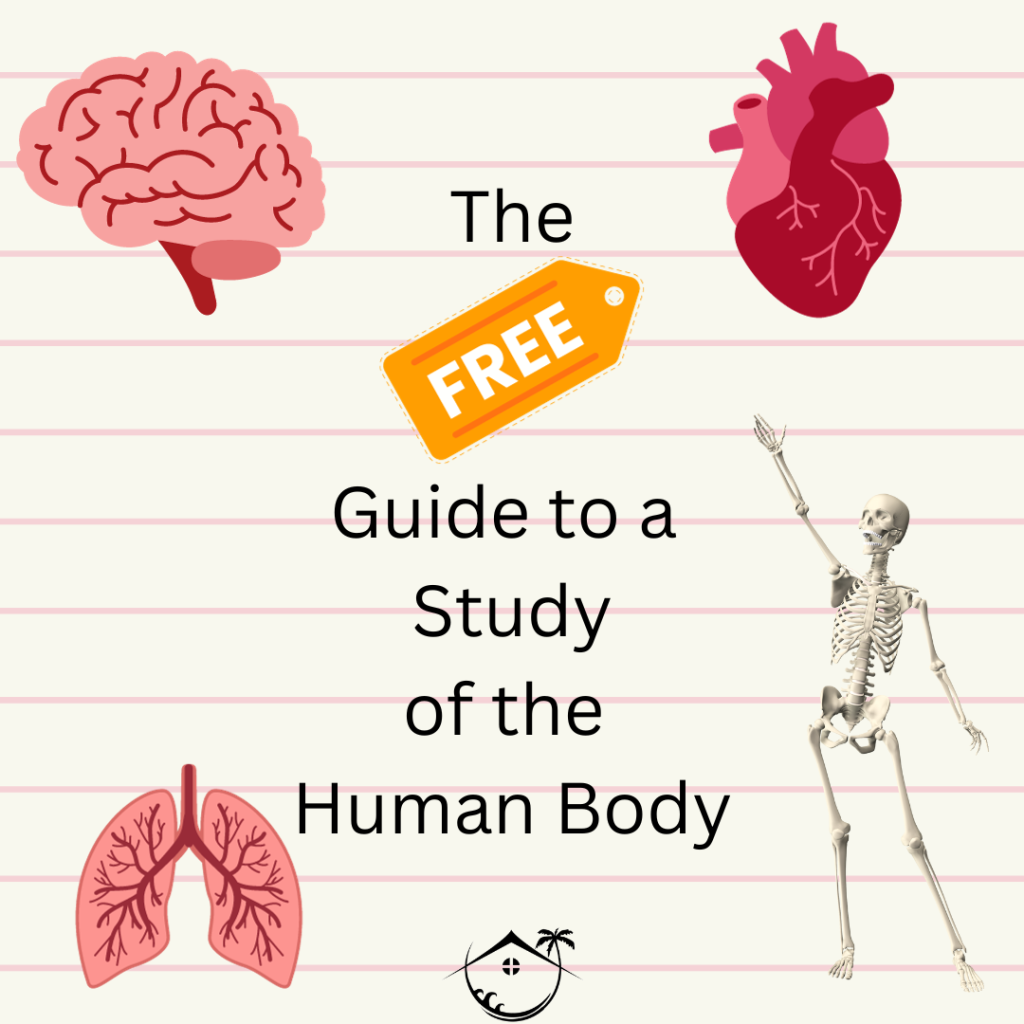
Download the schedule for free from the My Island Homeschool Store!
Don’t forget to check out My Island Homeschool’s Studying the Human Body Pinterest board for more inspiration.
Happy homeschooling, friends.

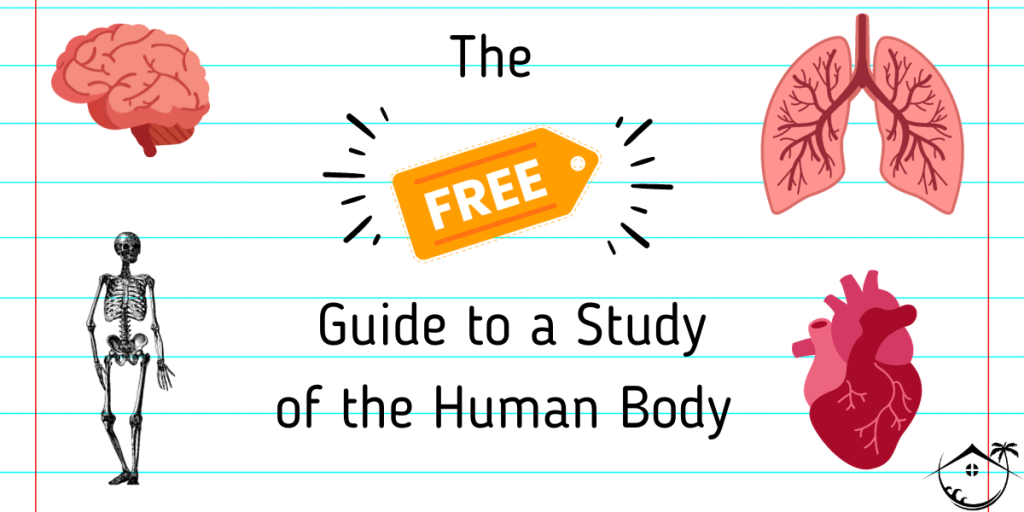
Leave a comment